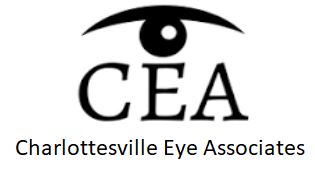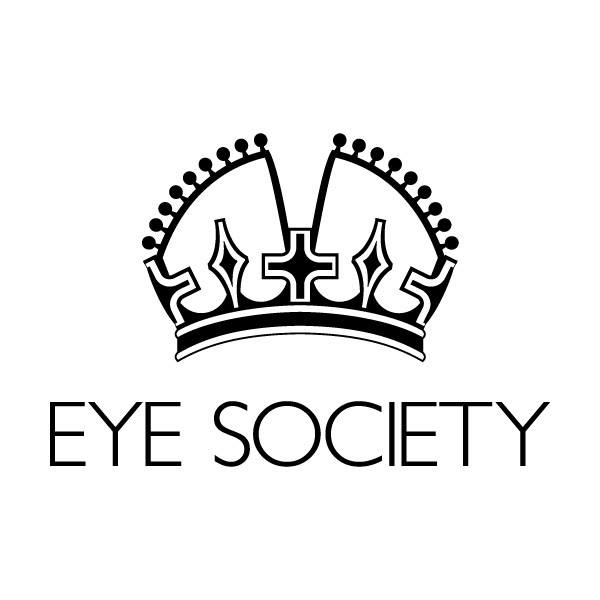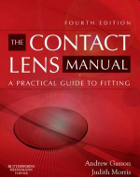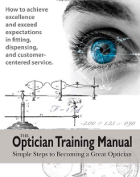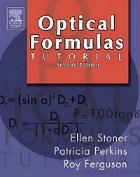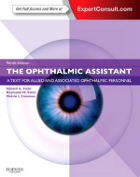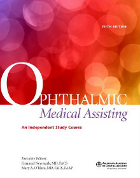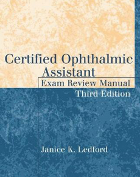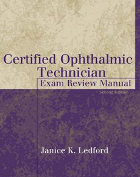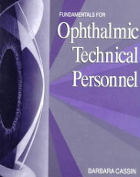The entire rationale behind the use of eyeglasses and contact lenses is easily understood if one considers that the eye exists for the sole purpose of focusing light waves on the retina. This is not to say that the complex details behind how the eye accomplishes this task are simple. In fact, many people have found that the physics underlying the physiology of the eye can become quite complex. Opticians should at least have a basic understanding of lenses in order to provide high levels of service.
Index of Refraction
This concept simply refers to how light waves are affected as they pass through different mediums such as air and water. Lenses use the physics of refraction to focus light waves, from the environment, on the retina so that the brain can form the images that humans perceive. The purpose behind contact lenses and eyeglasses is to use the physics of refraction to alter the light waves entering the eye so that they become focused on the retina and not some other point in front of or behind the retina. The degree to which different mediums refract light is referred to as an index of refraction.
The index of refraction is established relative to the speed of light in a vacuum. Therefore, light traveling through a vacuum has a refractive index of 1. Water has the effect of slowing down light waves and so it has a refractive index of 1.33 which means that light travels 1.33 times as fast in a vacuum as it does in water. The refractive indexes within the eye include the following:
- Aqueous Humor: 1.33
- Vitreous Humor: 1.33
- Cornea: 1.37
- Crystalline Lens: 1.42
As the speed of light is altered, it also changes direction. This changing of direction is the fundamental mechanism for how the eye focuses light on the retina. As light waves pass through the lens, they are slowed down and their direction is altered so that they come into focus behind the lens. Lenses that are capable of focusing the waves on the retina do not require correction; whereas, lenses that are not capable of focusing the waves on the retina do require correction.

The following is the formula for the refractive index of any medium:
N = C / V
In this equation, ‘C’ is the speed of light in a vacuum and ‘V’ is the speed of light through the medium under consideration. The equation can be rearranged to solve for any of the three values. It is important to remember that the lenses that people have are different in their ability to refract light. These variations result in the refractive errors that opticians commonly encounter.
Refractive Power
The degree to which a lens converges or diverges light is referred to as refractive power or optical power. The value for the power of a lens is the reciprocal of the focal length (distance between the lens and the point at which the light waves converge).
The equation for refractive power is:
P = 1 / f
In this equation, ‘f’ is the focal length. Keep in mind that the power of a lens is measured in diopters. Lenses that converge light are referred to as plus power lenses while lenses that diverge light are referred to as minus power lenses. Plus power lenses will bring light waves into focus behind the lens while minus power lenses will bring light waves into focus in front of the lens. As you can see from the images below, a plus power lens in biconvex while a minus power lens in biconcave.

A fundamental understanding of what refraction is and the basic types of lenses that exist will give you the mental framework you will need to delve further into the types of lenses that are commonly used in the dispensary. The concepts above are essential to understanding how lenses work and how they are used to correct refractive errors. As things become more complex, you will see how important it is to start with the basics and gradually work your way through the more complex topics.


